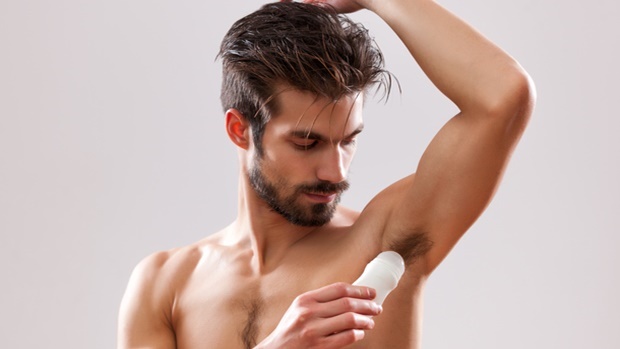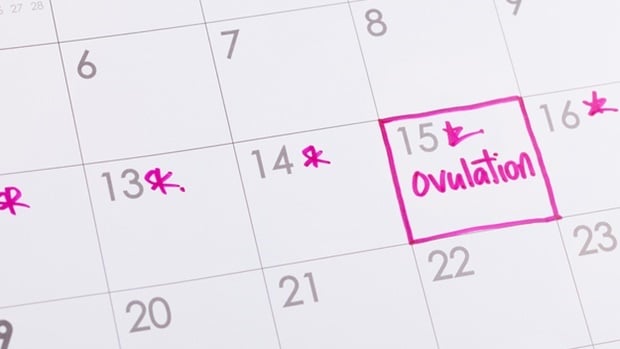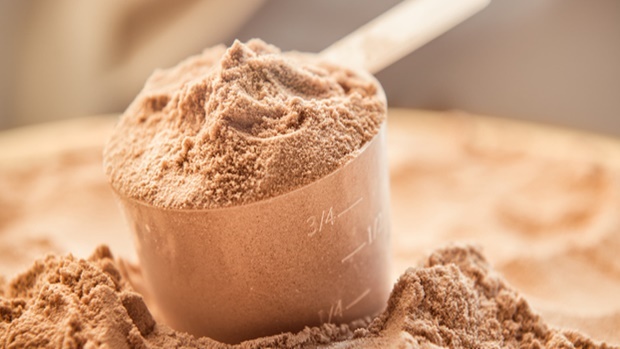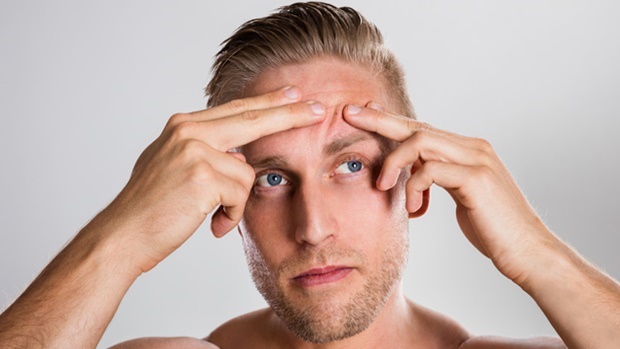Eight healthy men in shorts and T-shirts. Average age, 26. They’re covered in sensors, wires dangling, like marionettes at rest. As they sit together in silence – blindfolded – they wait for their 10 minutes of psychological torture to begin.
These guys are part of an experiment in perspiration. Most human sweat is the “thermal” kind, that dampness you feel during a workout or on a hot day. But psychological sweating is the beading on your forehead when your boss singles you out in a meeting, or the clammy hands you wipe on your jeans before a first date.
Subtraction, addition, multiplication, division
That’s why these human lab rats are here. So what kind of torture would evoke nervous sweating in the laboratory? Being asked to deliver a speech in front of a crowd? Having to strip naked before a panel of beautiful female scientists? No. “Subtraction, addition, multiplication, division,” says study author Dr Nigel Taylor, of the University of Wollongong, Australia, who’s investigated human sweating for more than 20 years. The men had to do math – just basic problems, says Taylor. “They were certainly within everybody’s capacity.” Faced with problems like “1,654 + 73,” every man started dripping with sweat.
Read more: Your guide to workout wear with these 6 no-sweat style tips
We have a complicated relationship with perspiration. At the gym or on the court, it’s welcome in abundance – not just for its physiological cooling function, but for what it says about our exertion levels and competitiveness. A soaked shirt is a badge of effort expended, evidence that you’ve pushed yourself with something especially demanding. A single hour of hard exercise can yield 1.5l of tangible proof that you gave it your all. That’s roughly enough sweat to fill one and a half large Nalgene bottles.
But psychological sweating – nervous perspiration – is something else entirely. It’s a physical response we try to avoid or, failing that, hide. In a Men’s Health survey of nearly 800 guys, 73% said they wish they could sweat less. Our romantic interests wish we would too: Of 970 women surveyed, 84% deemed it gross when a man dews up on a date. “Involuntary sweating is like your body betraying you,” says Dr Carisa Perry-Parrish, a psychologist at the Johns Hopkins Center for Sweat Disorders in Baltimore.
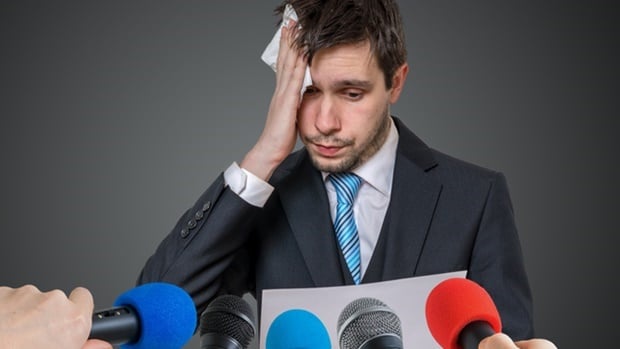
We want to appear confident, but our bodies scream, “I cannot do this!” Then we go from sweating because we’re stressed to stressing because we’re sweating, says Perry-Parrish. Next thing you know, you’re in the men’s room aiming the hand dryer at your pits. The first step toward sweating less lies in understanding the source. You have two types of sweat glands, apocrine and eccrine. The apocrines are located mostly around your armpits and genitals and produce a thicker, stickier sweat consisting of proteins and lipids. The eccrines cover your entire body and produce a solution that’s mostly water and salt.
Read more: Do men really sweat more than women?
Scientists used to think the eccrine glands were activated only by a need to cool, and the apocrines by mental stress. But Taylor and his colleagues recently confirmed, in a series of precisely controlled experiments, that both types of sweat can be produced by the eccrine glands and controlled by a single neurotransmitter called acetylcholine. That means whether you’re running 10km or trying to seal a deal for R5 million, both sets of glands are working. Though clammy hands are the most obvious sign, psychological sweat can be a whole-body experience. This finding lends support to one evolutionary explanation for why stress makes people perspire: If our skin became slippery in a fight-or-flight situation, predators wouldn’t have been able to grab and hold on to us.
‘They could literally smell fear’
Another theory, notes Dr Daniel Lieberman, an evolutionary biologist at Harvard, is that sweat could help aid a quick escape from danger. Most mammals, including those from which we evolved, have sweat glands on their paws. “Imagine that you are a small furry animal in Africa and you catch sight of a raptor swooping down to kill you,” says Lieberman. “Moistened paws will help you scamper up a tree or cliff by creating tiny little vacuums.” It works the same way that a licked finger helps you turn a page in a book.
Nervous sweating may also have helped us save our clan. In a US military study, researchers collected sweat from people during two tasks: running on a treadmill, and skydiving for the first time. A separate group of volunteers were then hooked up to brain scanners and asked to smell the collected sweat. Nothing interesting happened when they sniffed the treadmill drippings. But the scent of skydiving sweat triggered the parts of their brains associated with alertness – they could literally smell fear.
Read more: What cologne you should be wearing based on your style and personality
In other words, perspiration could have warned others that there was a whiff of trouble in the air. In fact, your body odour can act as a health indicator to you and others close to you, says Dr Pamela Dalton, M.P.H., a researcher at the Monell Chemical Senses Centre in Philadelphia. Sweat itself is actually scentless, but as it interacts with the bacteria living on your skin, the combination gives off a musty smell – your body odour. But your scent can change when you’re fighting off an illness: A study published in the journal Psychological Science found that people can detect a difference in body odour when someone becomes sick. The researchers think an ill person emits a different chemical cue that signals the activation of the immune system.
This specific scent may warn others to keep their distance. Advertisers started to market antiperspirants to women in the late 1800s, but they initially didn’t bother pitching pit protection to guys. Most men back then considered their sweat – and a little stink – to be a sign of masculinity. But when men started moving from manual labour toward desk jobs in the 1930s, marketers saw an opportunity. “If you’re a farmer working outdoors, no one really cares if you’re sweaty and dirty,” says Dr Cari Casteel, an Auburn University history researcher who studies the improbable topic of antiperspirant and deodorant marketing. “But if you’re at a desk all day, presumably you’re susceptible to the idea that people care.”
Read more: How to stop sweating after your workout
The first antiperspirant ads for men set the tone for the sweaty conflict we still feel today. One from October 1938 is typical: It was for a jar of goop called Odorono Ice (“Odour, oh no!”). It shows the same man in two different scenarios: In the first, he looks sporty with a racket in his hand, and in the second, he’s in an office holding a sheet of paper. “All right in a locker room,” says the ad, “but all wrong here.” Casteel says ads have hammered this point for decades, implanting a single impression in men’s minds: There are just some situations when you should never sweat. Still, controlling your dew is a far more complex endeavour than buying the most expensive antiperspirant at your local drugstore – even that won’t save you from a full-body nervous sweat.
Stressing unnecessarily
So what can you do? For most people, the best way to treat nervous sweating is to deal with the nervousness itself, says Perry-Parrish. She first asks patients to think through the last time they were made uncomfortable by their excessive sweat: What were you doing, and what were you thinking when the waterworks began?
And here’s the key question, says Perry-Parrish: “Were you doing something really embarrassing, or were you magnifying it in your mind?”
More often than not, she says, we imagine the worst-case scenario – even if everything is going perfectly fine.
When that happens, your mind tells your body to start the sweating. Her advice the next time this happens: Take stock of the situation. What’s the reaction of others around you? If no one else seems unhappy or uncomfortable, it’s likely that you’re unnecessarily stressing – and sweating – over something small.
Read more: How much cologne should you use?
It’s a brain exercise, but it’s one you can improve at with practice.
It probably could have helped those men in the sweat experiment. Instead of worrying about flubbing a few simple arithmetic problems, they would have taken a step back, realised that the stakes were low, and noticed that their compatriots were equally thrown by the introduction of arithmetic.
A cool head plus a little perspective: That’s what defeats nervous sweating. It’s basic math.
Don’t sweat it
Excess perspiration is the pits. If you’re too soggy, discuss these options with your doctor.
Prescription roll-on
With three times the sweat-stopping metallic salt as OTC antiperspirants, Rx-strength options, such as Drysol, may dry you up, says Dr Mark Ferguson, a hyperhidrosis specialist at the University of Chicago Medicine.
Shock therapy
You place your hands or feet in a pan of water while a device passes a mild electric current through it for about 20 minutes. Scientists aren’t exactly sure why it works, but three zaps a week can help you sweat less.
Read more: 5 body odours that you should never ignore
Botox shots
The neurotoxin injections that smooth wrinkles can also block the nerve signals that stimulate sweat. But you may need booster shots: In a French study, first-time users saw sweat return to baseline after 4.5 months.
Anti-sweat pills
Anecdotal evidence suggests that anticholinergics, drugs that block your body’s sweat trigger, can work. The problem? Side effects, says Dr Ferguson. They include dry mouth, constipation and blurred vision.
Image credit: iStock
This article was originally published on www.menshealth.com







